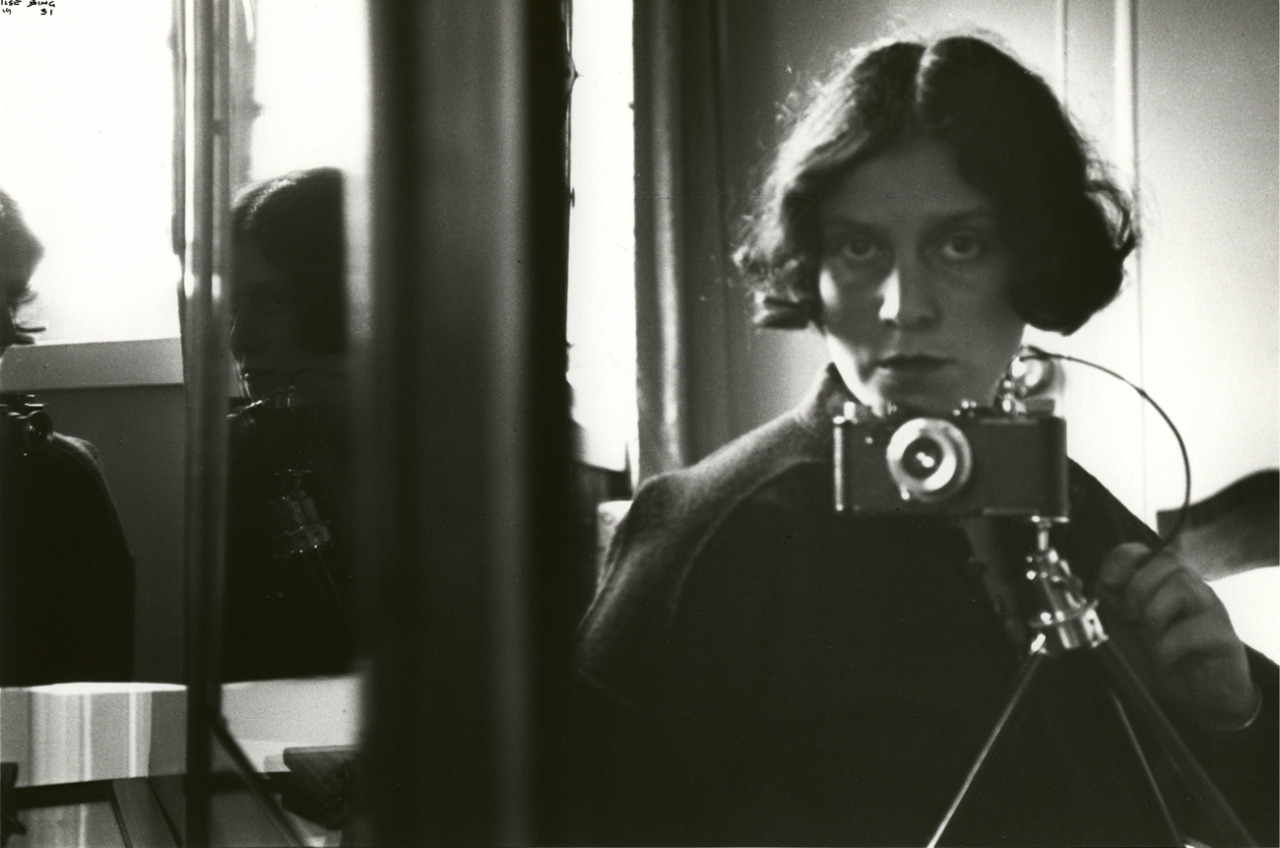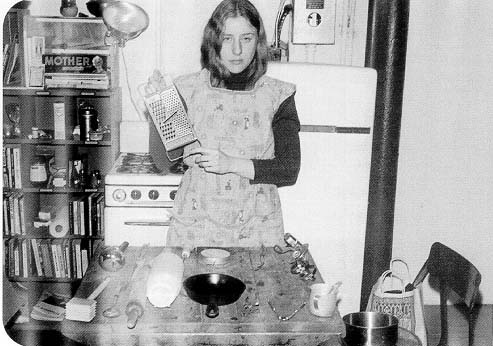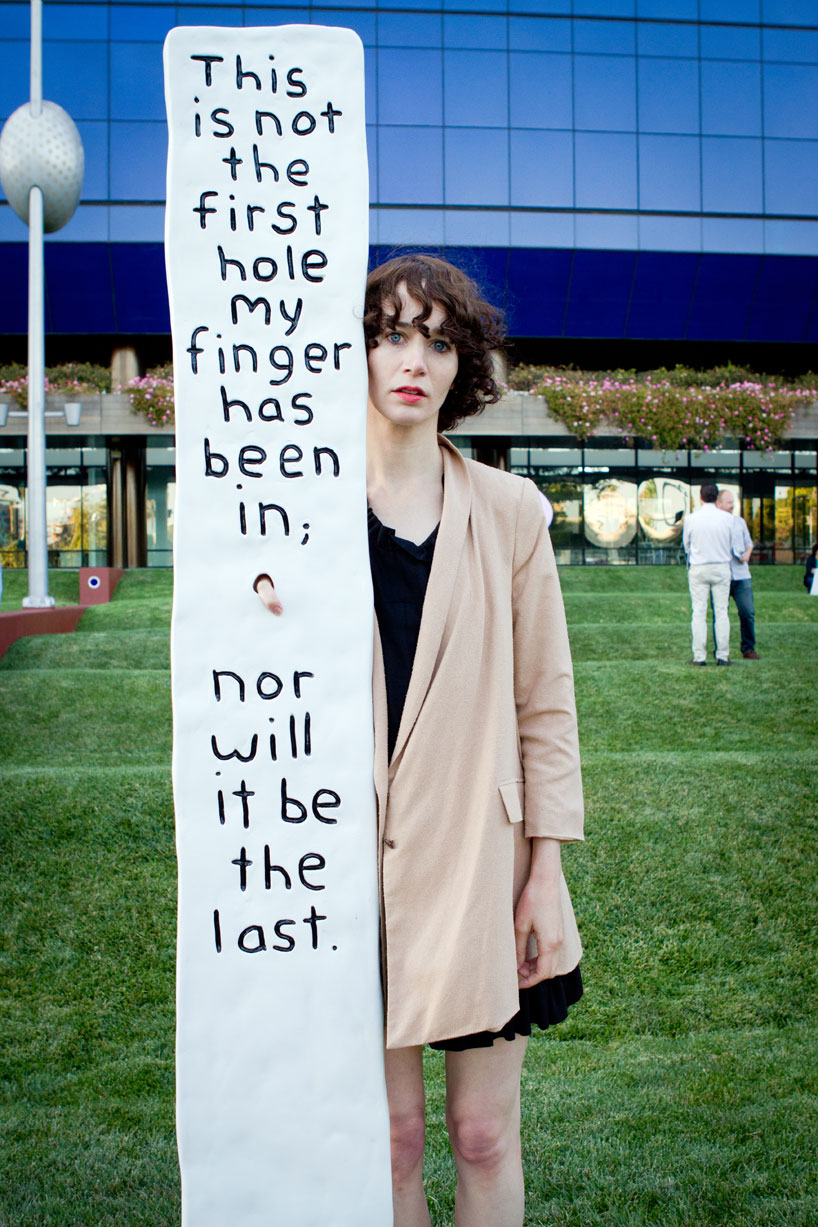„Do women have to be naked to get into the Met. Museum?“ Mit dieser rhetorischen Frage wurde die New Yorker Künstlerinnengruppe Guerilla Girls 1989 berühmt – und formulierte zugleich eine allgemeingültige Beobachtung in der Kunst: Obwohl die Frau die wohl liebste Inspirationsquelle sowie häufiges Sujet der abendländischen Malerei ist, ist sie nur selten auch Schöpferin des (eigenen) Bildes. So auch im New Yorker Met Museum, als das Plakat der Guerilla Girls erschien: Im Jahre 1989 machten die weiblichen Künstlerinnen in der „Modern Art“-Sektion des Met Museum lediglich fünf Prozent aus. Dass die Frau über Jahrhunderte hinweg, insbesondere in der Malerei, häufiger auf einem Bild zu sehen statt für ein Kunstwerk verantwortlich war, hängt eng mit gesellschaftlichen Rollenverteilungen zusammen, die sie nicht nur als Ehe- und Hausfrau einordneten, sondern ebenso von der offiziellen Ausbildung in Werkstätten und Akademien ausschloss (bis 1919 war es Frauen verboten, an den Kunstakademien des Deutschen Kaiserreichs oder anderen staatlichen Hochschulen zu studieren). Mit der Wende zur Moderne sollte sich dies langsam ändern – die Namen der Künstlerinnen, die sich hier behaupten konnten, blieben jedoch überschaubar. Noch bevor die 1920er-Jahre die „Neue Frau“ (oder auch: „Garconne“) als Folge der Neu-Positionierung der Frau in der Öffentlichkeit sowie Gesellschaft während des Ersten Weltkrieges hervorbrachten und die Fotografie einer ganzen Generationen von Frauen neue künstlerische Freiräume anbot, betraten in den bis heute männlich dominierten Domänen der Malerei und Bildhauerei dennoch Künstlerinnen wie Gabriele Münter, Paula Modersohn-Becker und Marianne von Werefkin die Bühne, um sich ihren Platz zu erobern.

In einer Zeit, in der Werke von Künstlerinnen zwar in bekannten Publikationen wie Anton Hirschs „Die Bildenden Künstlerinnen der Neuzeit“ (1905) und Karl Schefflers „Die Frau und die Kunst“ (1908) vorgestellt, ihre Leistungen jedoch gleichzeitig relativiert wurden, bedeutete Paula Modersohn-Beckers Gemälde „Selbstbildnis am 6. Hochzeitstag“ von 1906 nicht nur den weltweit ersten Selbstakt einer Frau, sondern ebenso ein Statement für ein neues weibliches Selbstbewusst in der Kunst. Künstlerinnen begannen, ihre Körper auf der Leinwand und/oder vor der Kamera zu entblößen, ihre tradierten Darstellungskonventionen zu überholen und sich neu zu erfinden. Künstlerinnen leisteten wichtige Beiträge zur Ausformung von Strömungen wie Kubismus, Expressionismus, Futurismus, Suprematismus oder Konstruktivismus. In Deutschland verhalf der Kunstkritiker, Verleger, Galerist und Komponist Herwarth Walden einer Gruppe von Künstlerinnen zu einer bis dato ungewöhnlich großen öffentlichen Aufmerksamkeit, denn im Rahmen der STURM-Bewegung, die 1910 als Zeitschrift zur Förderung der expressionistischen Kunst begann, seit 1912 um eine Galerie sowie weitere Ausdrucksformen erweitert wurde und die internationale Avantgarde zu vereinen suchte, förderte er von Beginn an neben ihren männlichen Mitstreitern wie Wassily Kandinsky, Marc Chagall, Franz Marc und Paul Klee gezielt auch Malerinnen und Bildhauerinnen. Werke von über 30 Künstlerinnen stellte er in seiner Galerie aus, rund ein Viertel der in der STURM-Galerie präsentierten Kunst stammte von Frauen – ein geringer Anteil noch immer, jedoch weit mehr als in den Galerien von Herwarth Waldens Konkurrenten zusammengerechnet. Den Aufbruch in die Kunst des 20. Jahrhunderts formten hier Künstlerinnen wie Gabriele Münter, Sonia Delaunay, Else Lasker-Schüler, Marianne von Werefkin und Natalja Gontscharowa mit; Herwarth Walden ebnete ihnen als Vorkämpfer für die Abstraktion und die moderne Kunst den Weg durch die seit Jahrhunderten von Männern dominierten Gattungen der Malerei und Bildhauerei. 18 von ihnen widmet die SCHIRN nun die Ausstellung „STURM-FRAUEN“.

Eine ungleich weniger vorgezeichnete Experimentierfläche bot sich Frauen in den neuen technischen Medien Fotografie sowie der Videokunst, waren diese zunächst doch nicht als künstlerische Ausdrucksformen anerkannt und so weder bereits vereinnahmt noch konnotiert. Bereits seit dem Ende des 19. Jahrhunderts wählten Fotografinnen wie die Comtesse de Castiglione, später „Neue Frauen“ wie Claude Cahun, Germaine Krull, Ilse Bing oder Umbo (das männliche Pseudonym der Schauspielerin, Schriftstellerin und berühmtesten Berliner „Garçonne“ von 1927/28, Ruth Landshoff) das Medium aufgrund seiner Realitätsnähe und seiner spiegelartigen Verdoppelung der Wirklichkeit. Hier konnten sich Künstlerinnen ungehindert eine Ausdrucksform des Sehens sowie Reflektierens aufbauen, um den stereotypen Vorstellungen ihrer männlichen Kollegen dezidiert andersartige Bildentwürfe der Frau entgegenzusetzen. Oder aber deren stereotype Darstellungsweisen aufnehmen und auf wechselnde Weisen kommentieren, überspitzen und entlarven. Häufig bedienten sich die Fotografinnen dabei ihres eigenen Körpers und Gesichts, in den zwanziger Jahren vielfach als Porträt im Spiegel, später zunehmend im Kontext von Performances.
Eine neue Generation von Künstlerinnen formierte sich in der zweiten Hälfte des 20. Jahrhunderts unter dem Einfluss der Bürgerrechts-, Antikriegs- sowie 68er- und der daraus entstandenen feministischen Bewegung. Die Frau als Mutter, als Haus- und Ehefrau und/oder als sexuelles, „schönes“ Objekt – die Hinterfragung dieser Rollenstereotypen stellt die „Feministische Avantgarde“, die als solche erstmals von der Kunstkritikerin, Publizistin und Direktorin der Sammlung VERBUND Gabriele Schor im Rahmen der gleichnamigen Ausstellung sowie Publikation (erschienen 2015) eingeführt wurde, in den Fokus ihrer Arbeiten. Nicht als bewusste Formation, sondern als generationsübergreifende Gleichgesinnte werden die Werke von unter anderem Lynda Benglis, Suzy Lake, Eleanor Antin, Hannah Wilke, Martha Rosler, Cindy Sherman, Francesca Woodann, Birgit Jürgenssen oder auch VALIE EXPORT durch ähnliche thematische Schwerpunkte und formale Strategien vereint.
Mit zusehends konzeptionellen Ansätzen denken wiederum Barbara Kruger, Jenny Holzer, Rosemarie Trockel die politischen und sozialen Fragen in anderen Medien wie Installationen, oder Prints weiter. Nicht mehr nur Kritik an der Gesellschaft, sondern insbesondere am bestehenden Kunstbetrieb prangern diese Künstlerinnen an und finden dabei Unterstützungen aus anderen Bereichen: von den Galeristen Monika Sprüth und Philomene Magers (Galerie Sprüth Magers), aber auch von Schriftstellerinnen wie Siri Hustvedt, die in ihrem neuesten Buch „The Blazing World“ (2014) auf den Spuren der fiktiven Künstlerin Harriet Burden frauenfeindliche Tendenzen der Kunstwelt entlarvt oder die Malerin Katharina Grosse zum Talk trifft, um über die noch immer zu beobachtende Geschlechterungleichheit in der gegenwärtigen Kunstwelt zu diskutieren. Dass es in der Filmwelt anders aussieht, bewies im letzten Jahr die Newcomer-Regisseurin Isabell Suba mit ihrem Debütfilm "Männer zeigen Filme & Frauen ihre Brüste". Der Titel ist selbsterklärend.

Weil sich auch im 21. Jahrhundert die Ungleichheiten in der (Kunst-)Welt nicht aufgehoben haben, hat eine neue Generation von Künstlerinnen die Werkzeuge – von der nach außen getragenen Introspektion bis hin zum ironischen Unterton – ihrer Vorgängerinnen aktualisiert. Neben den oben genannten Zeitgenossinnen hat etwa Marina Abramović mit ihren Performances die Instrumentalisierung des eigenen Körpers zu neuen Formen geführt oder durchdringt Addie Wagenknecht das klassische Kunstrepertoire mit Technik, Witz und einem poetischen Sinn. In die Reihe ihrer Vorgängerinnen, die ihre eigenen Perspektiven zum Ausgangspunkt ihrer Kunst machten, stellt sich unter anderem die Multimediakünstlerin Miranda July, während Peaches das Frau-Sein im 21. Jahrhundert an der Schnittstelle zwischen Musik und Kunst verhandelt.
Noch immer haben Barbara Krugers einst titelgebenden Worte „Your body is a battleground” (1989) Bestand, die Kämpfe auf und um ihre Körper jedoch mit einem gewissen Humor auszutragen, ist längst zur Tradition von Künstlerinnen geworden. Für Cindy Sherman und Cady Noland hat er sich 2015 ausgezahlt, denn die beiden Künstlerinnen schafften es erstmals in die Top 10 der teuersten lebenden amerikanischen Künstler.
Titelbild: Guerrilla Girls, Do women have to be naked to get into the Met. Museum
 Ilse Bing, Self portrait in mirror, 1931,
Ilse Bing, Self portrait in mirror, 1931, Martha Rosler
Still from Semiotics of the Kitchen
1975,
Martha Rosler
Still from Semiotics of the Kitchen
1975, Miranda July, Finger Tablet,
1975,
Miranda July, Finger Tablet,
1975,